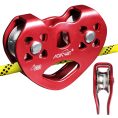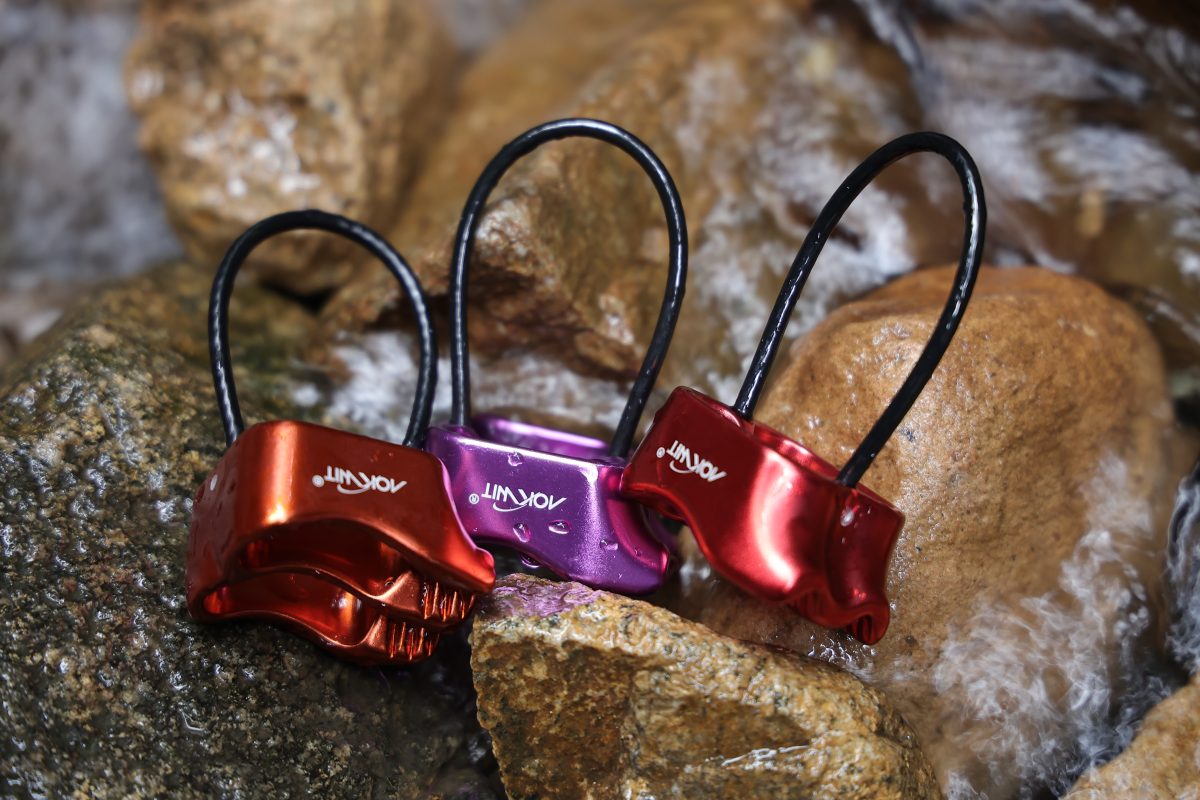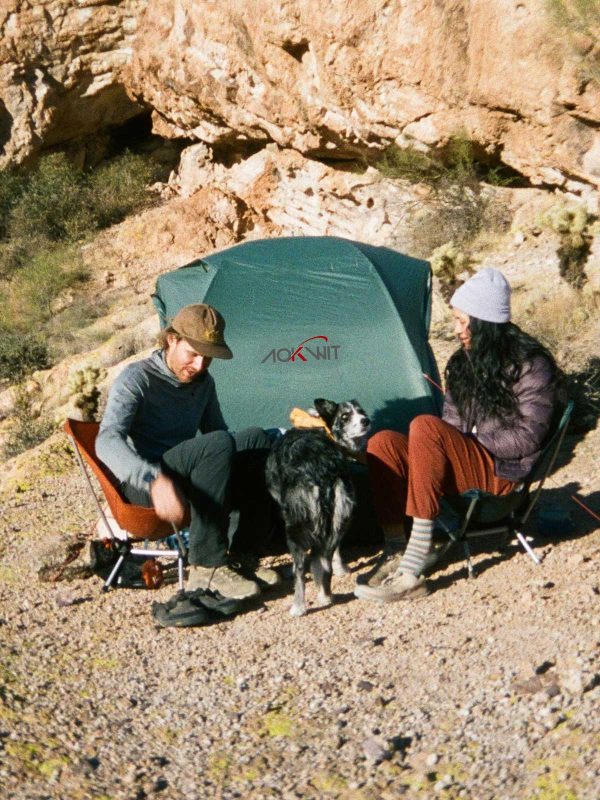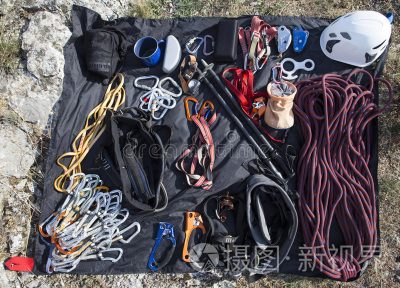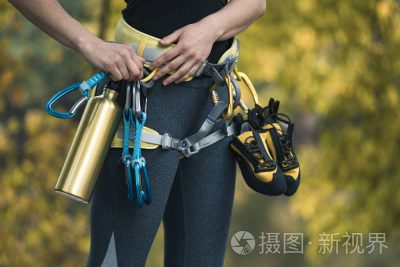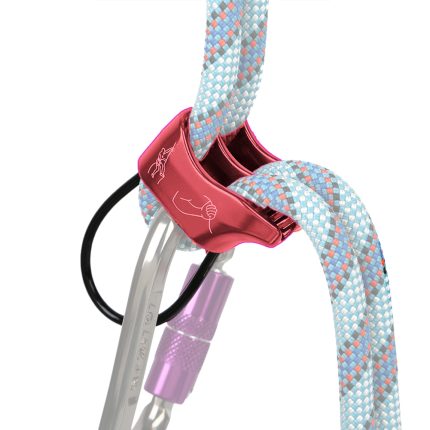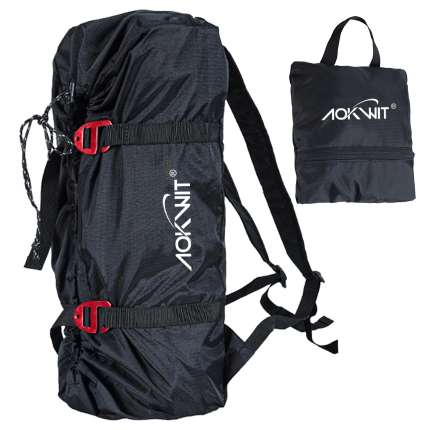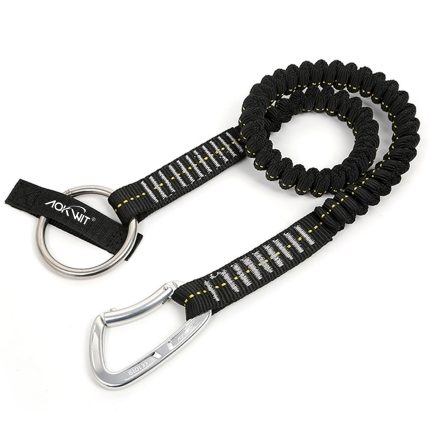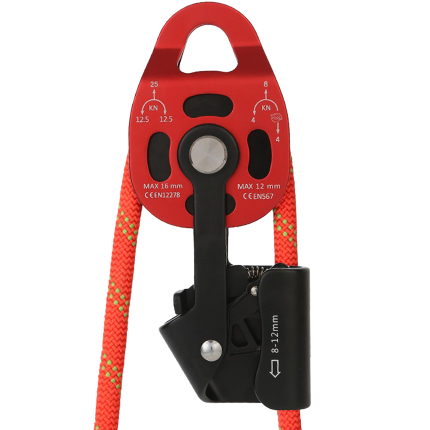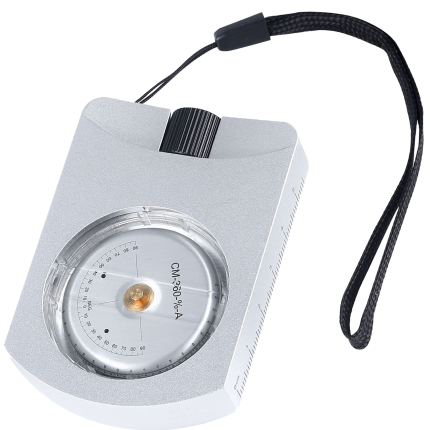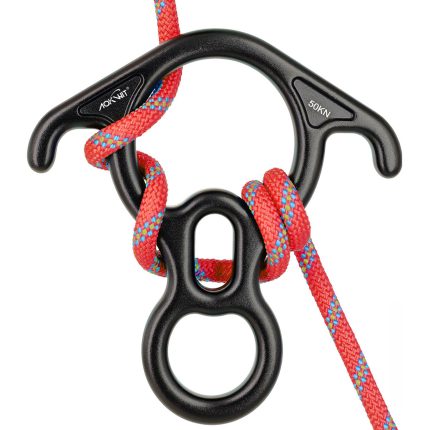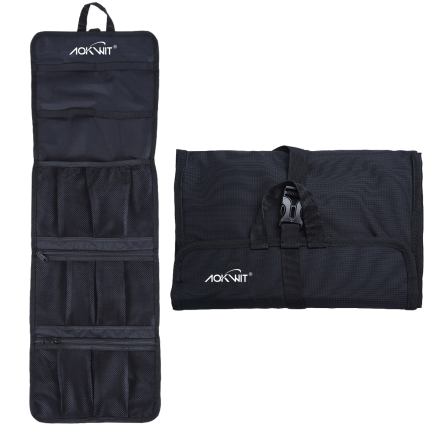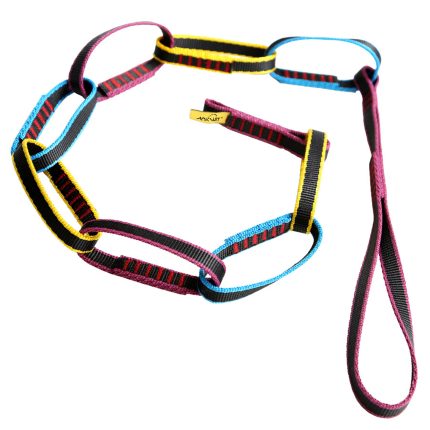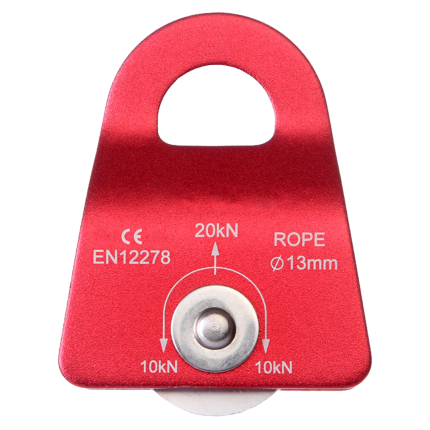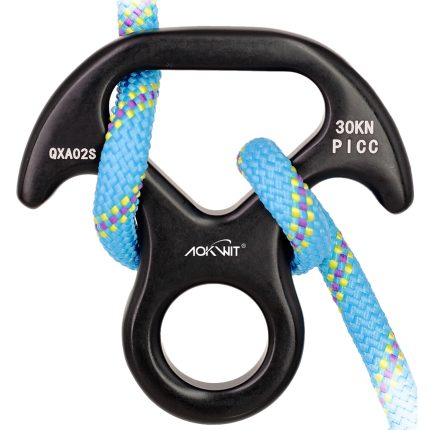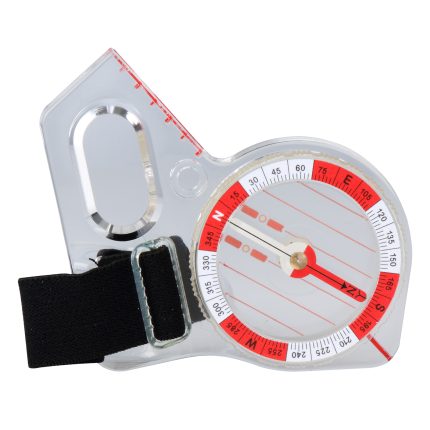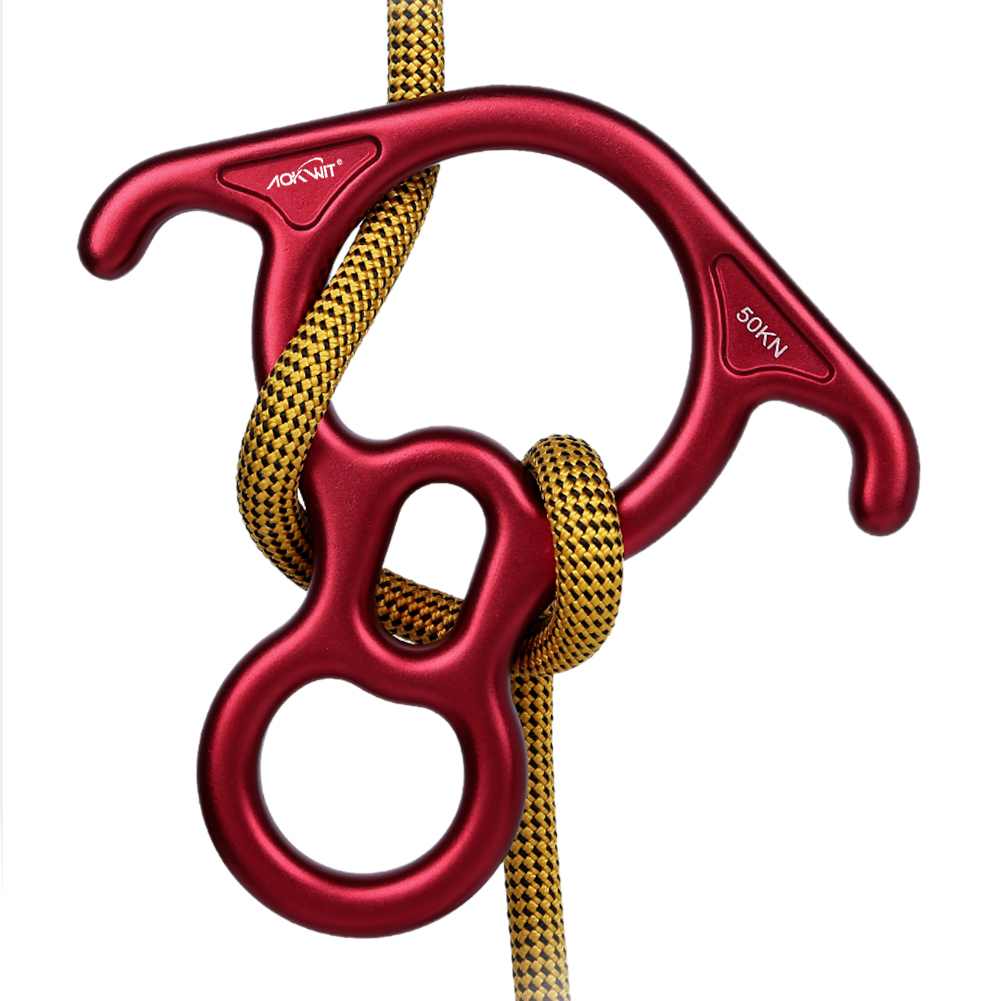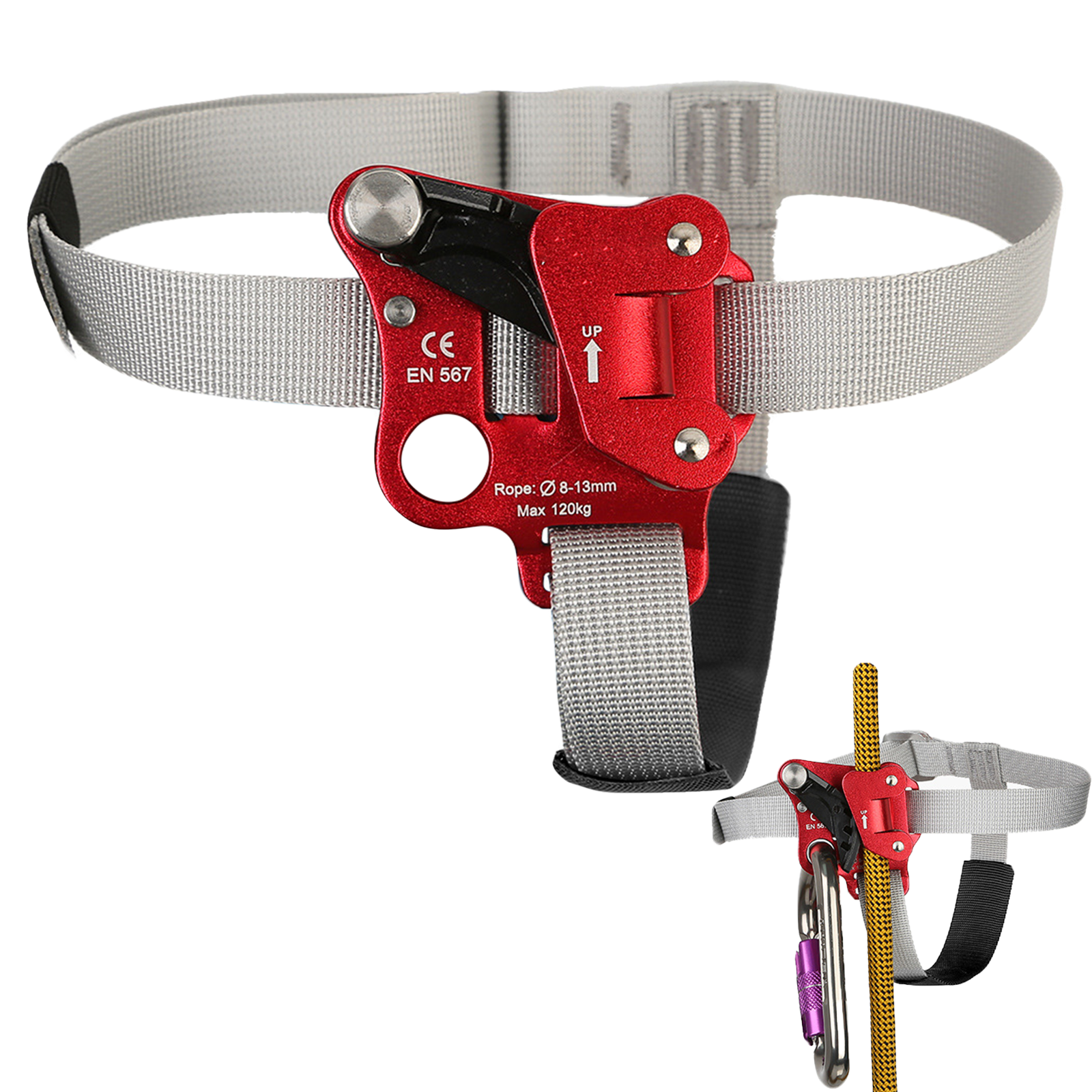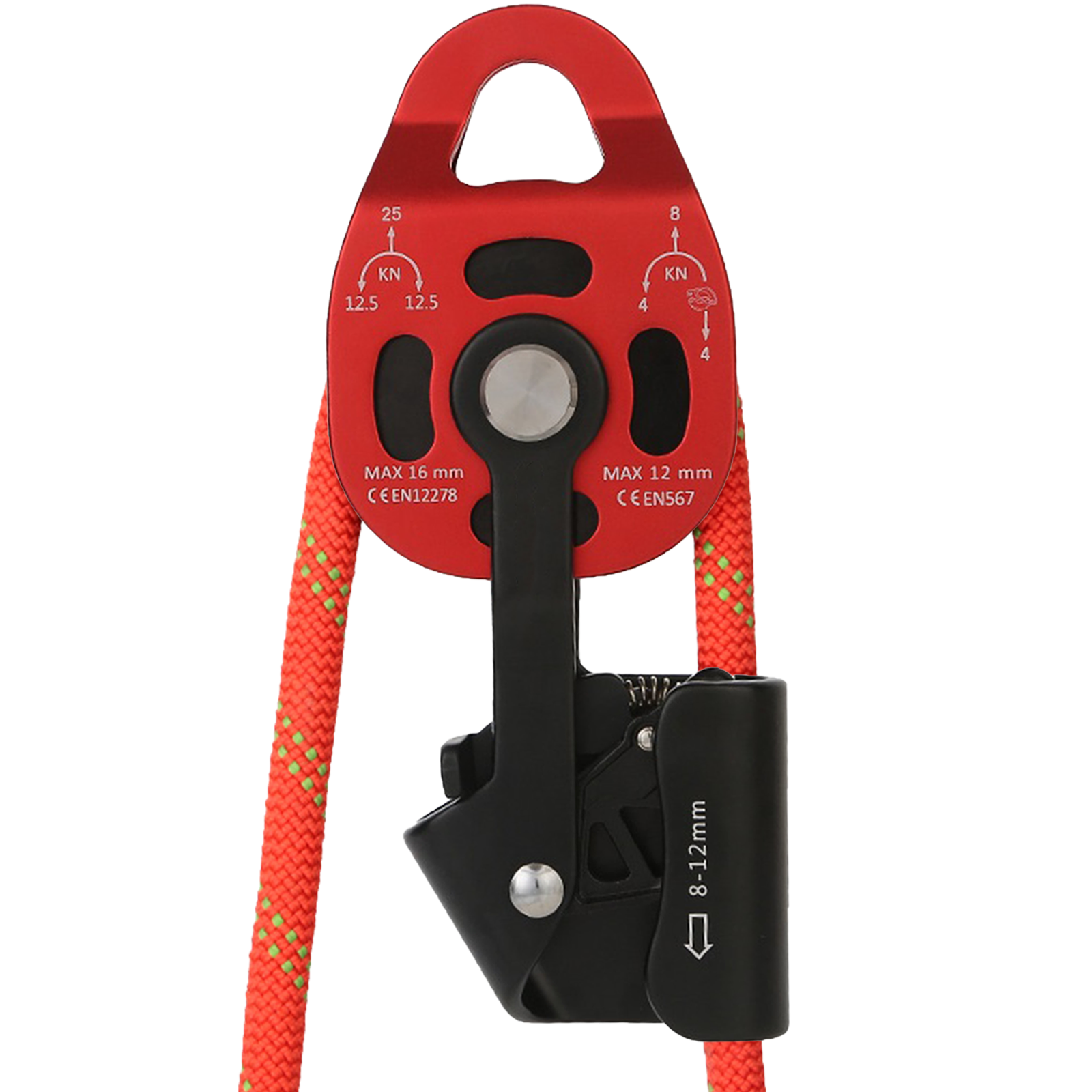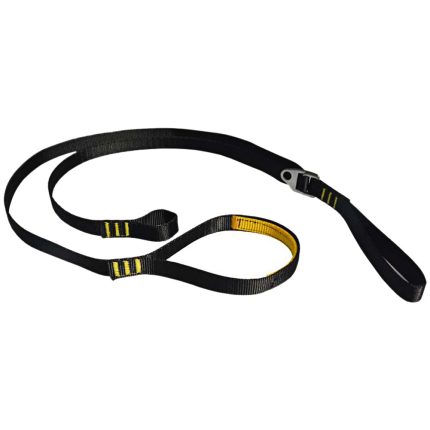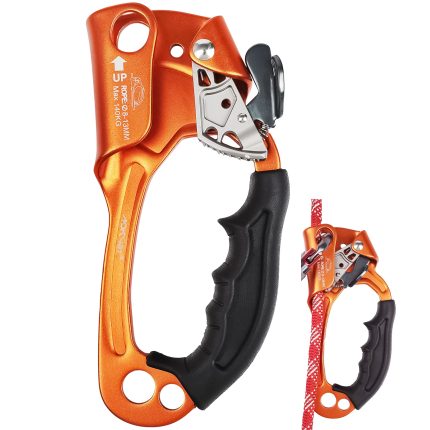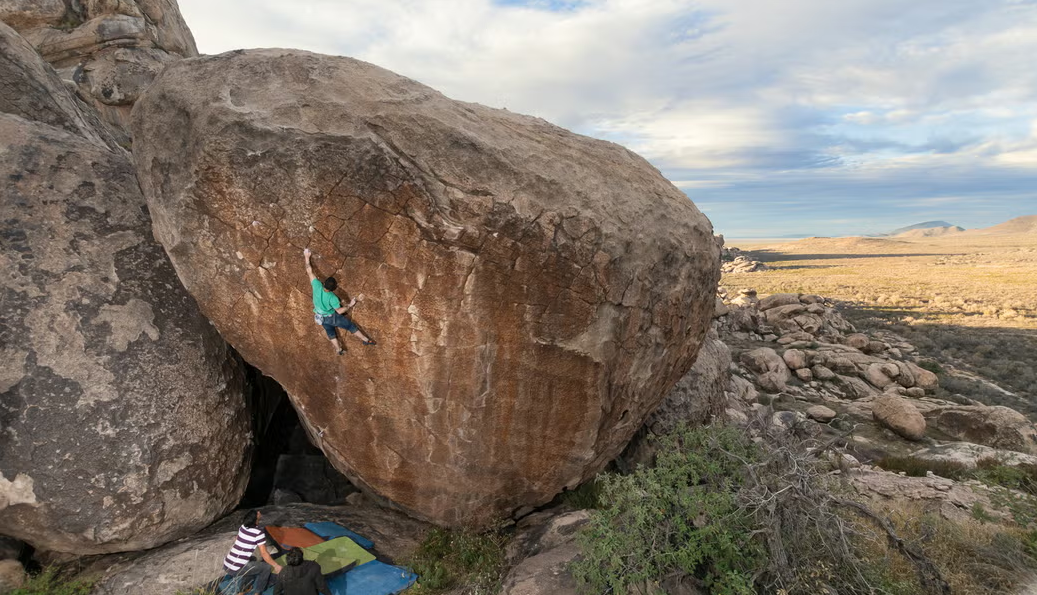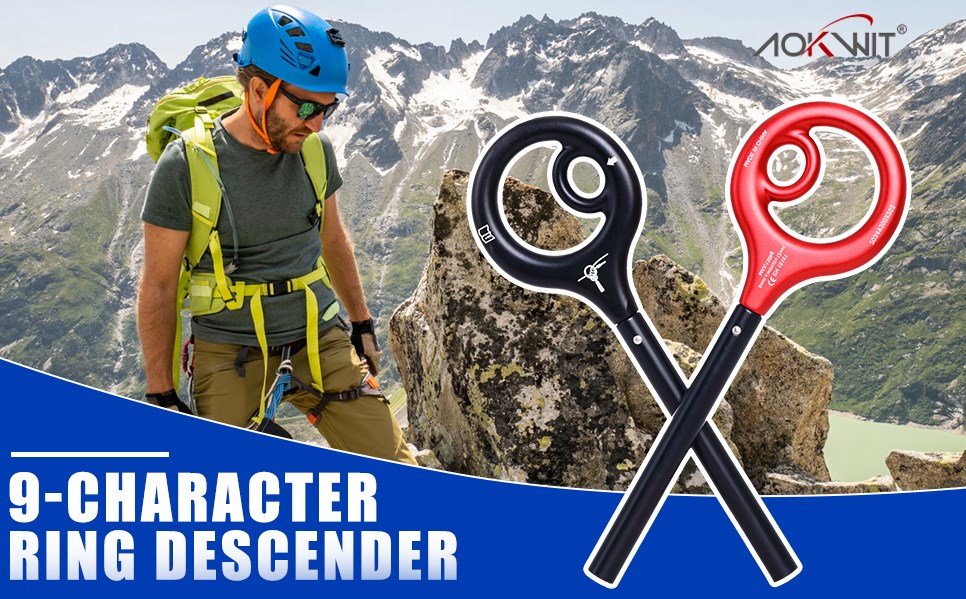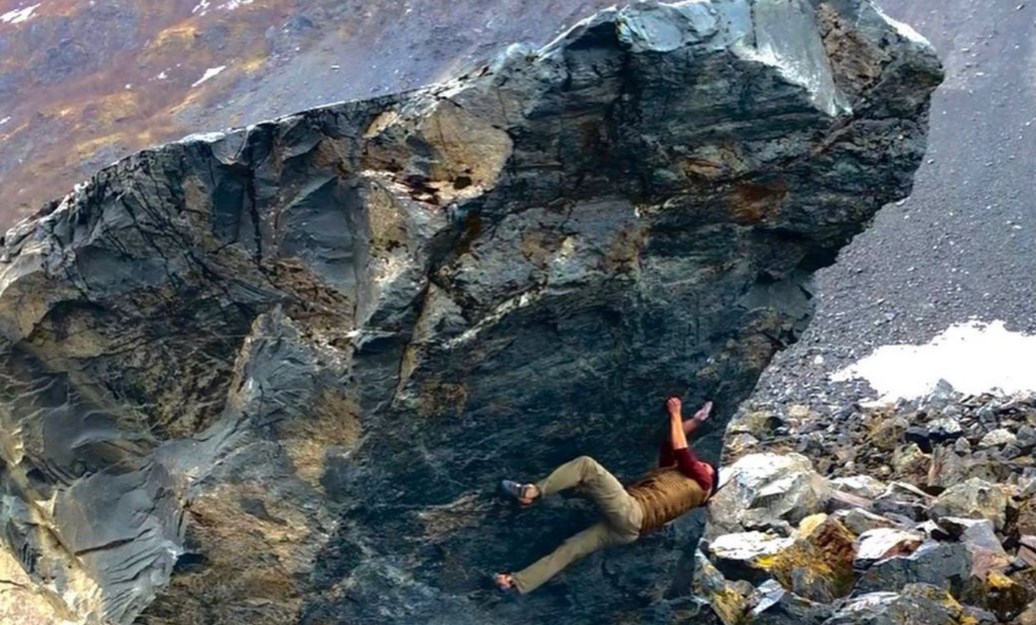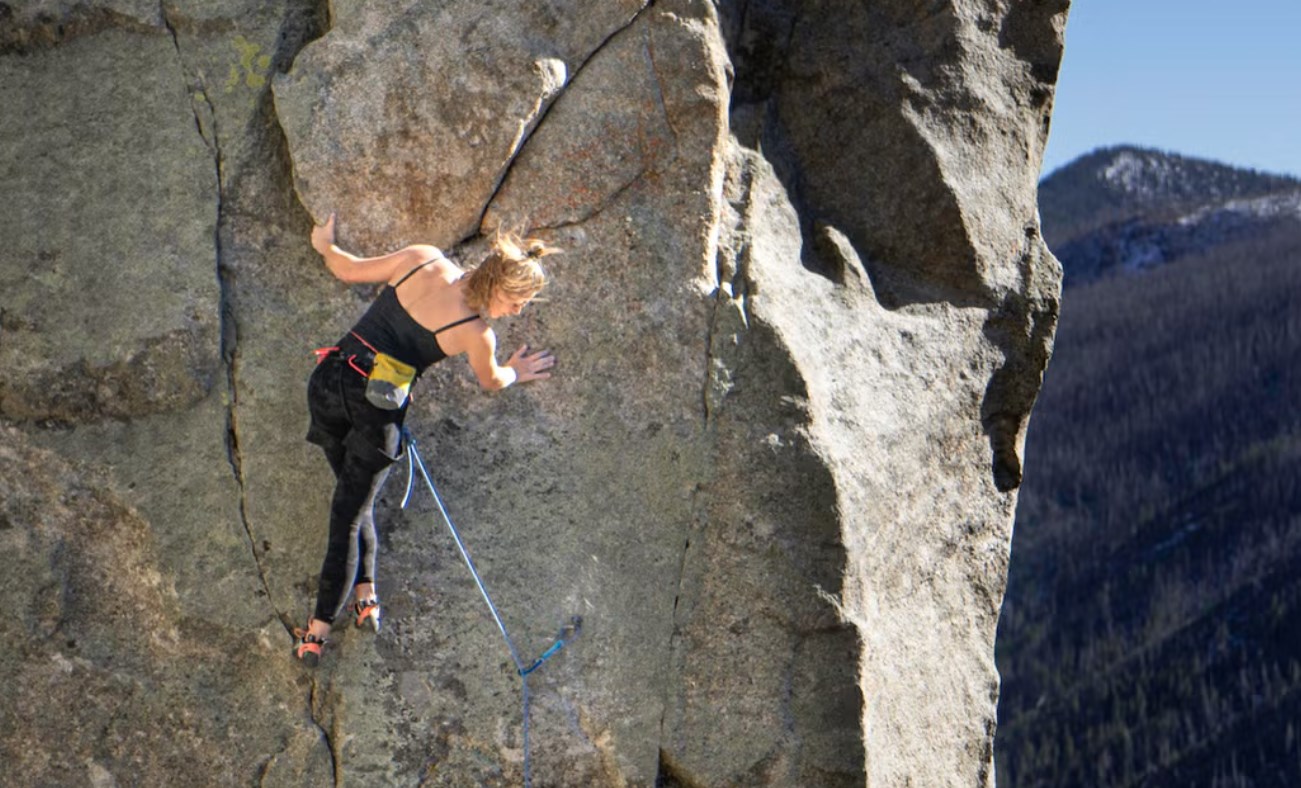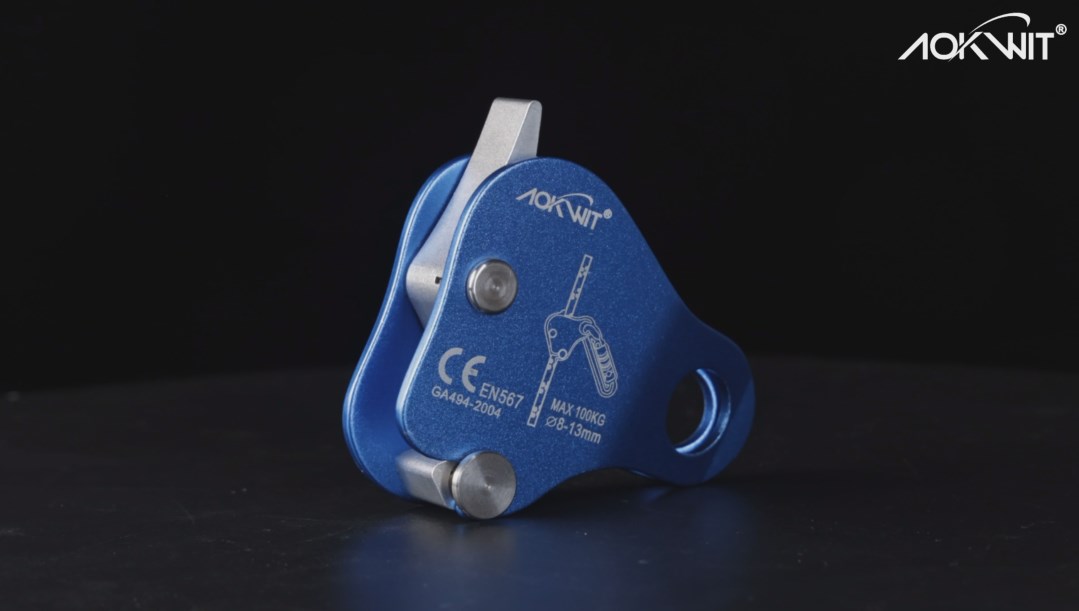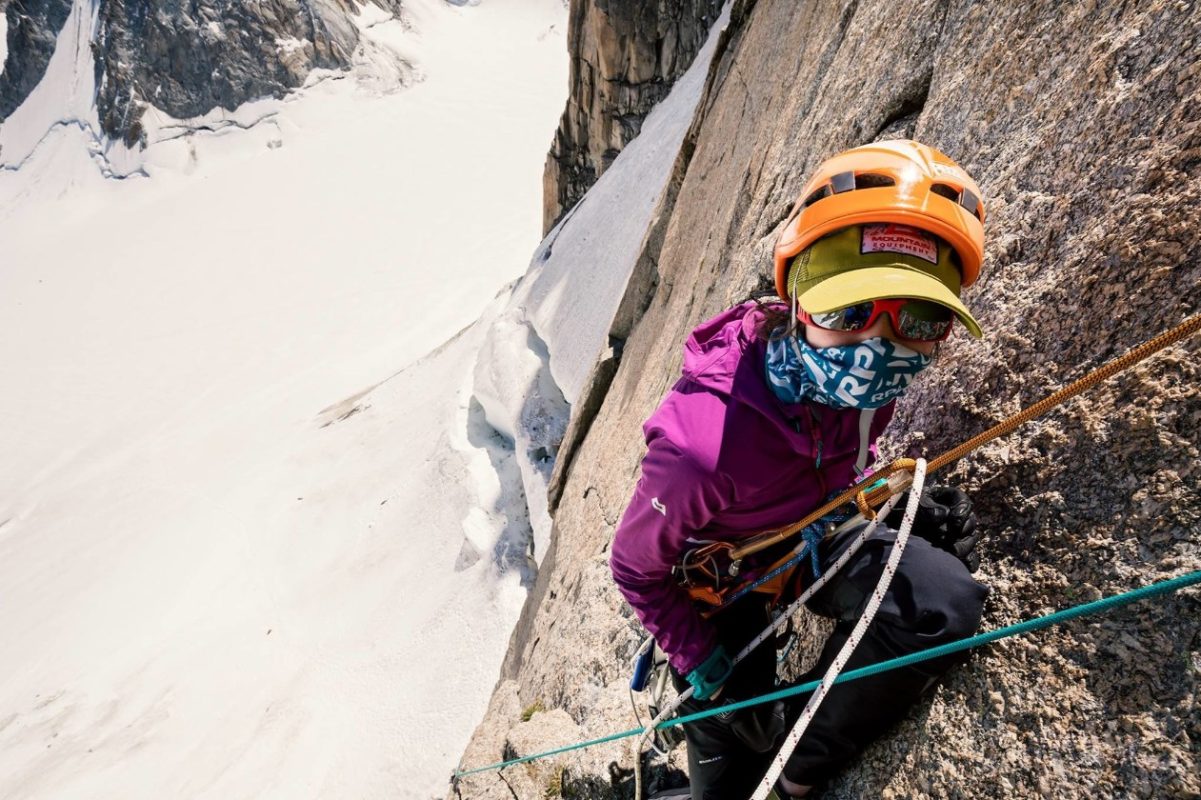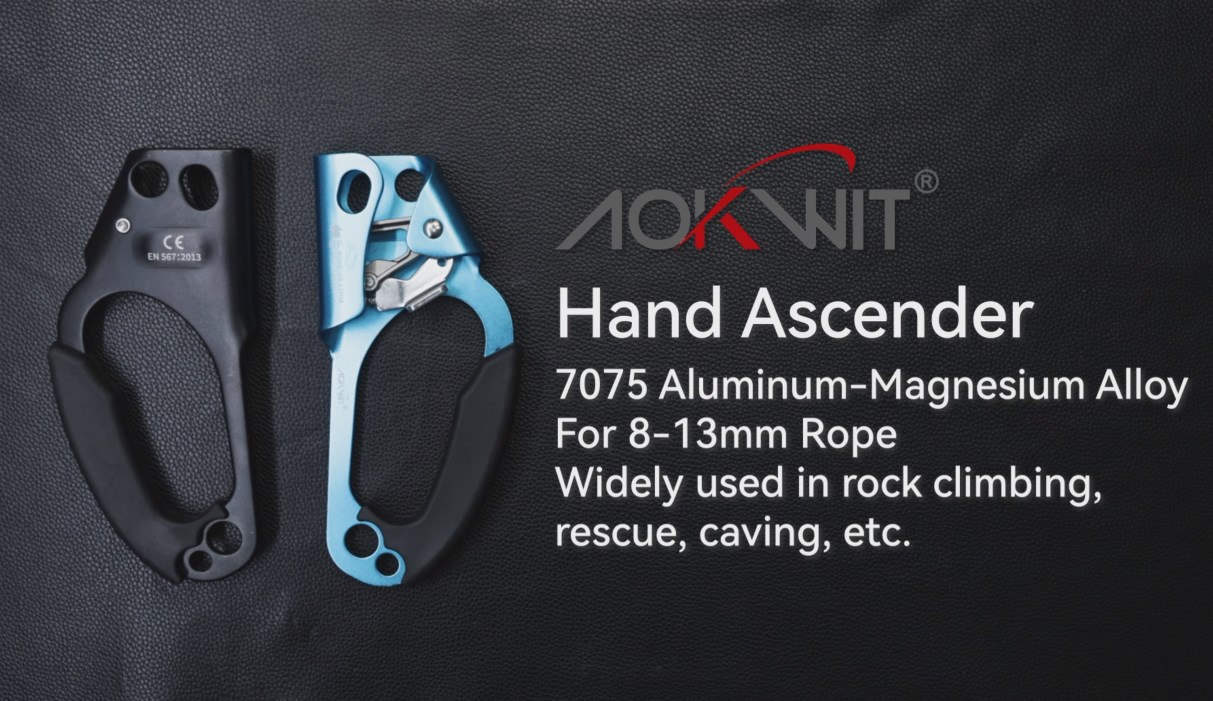How to Clean and Care for Your Climbing Rope?
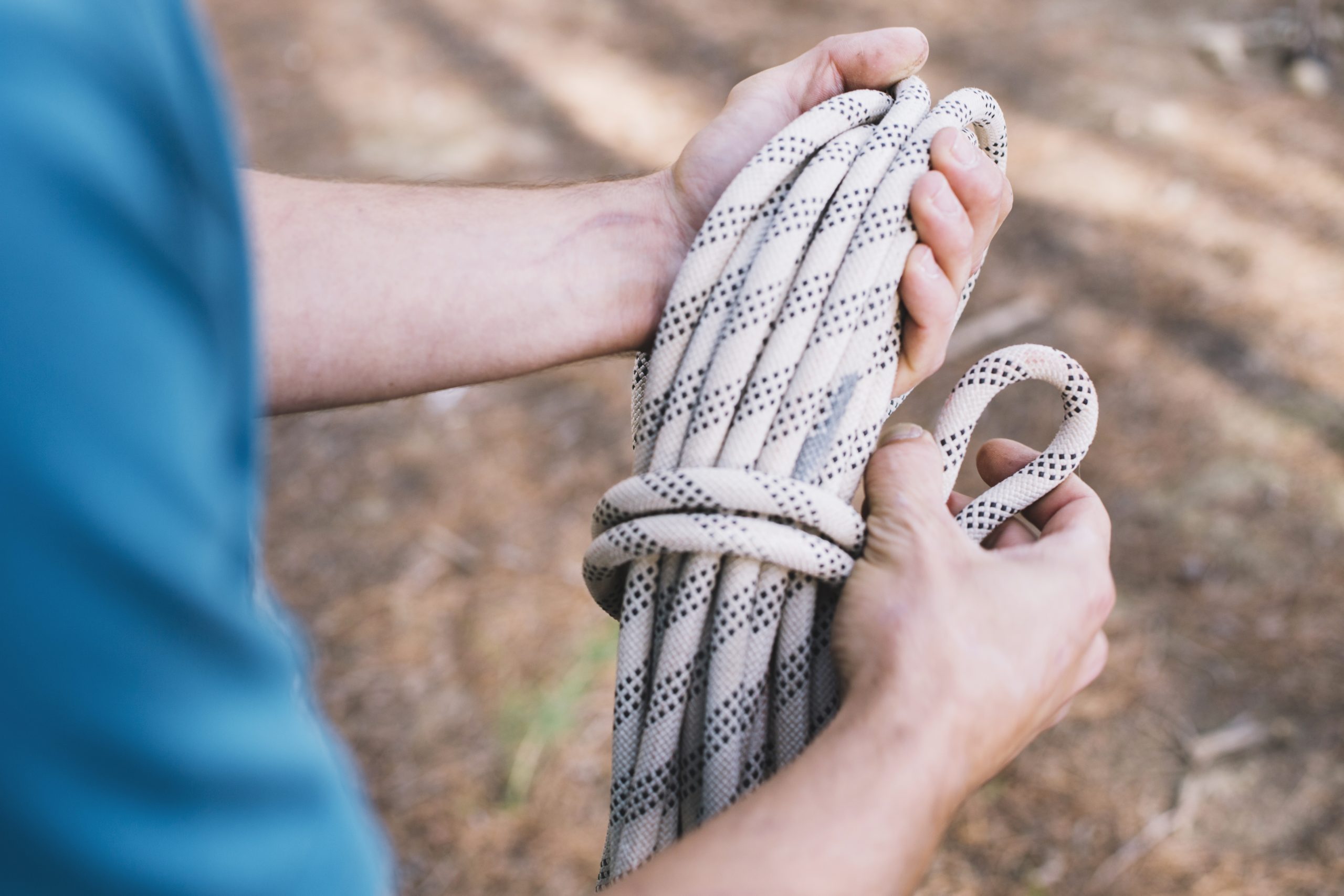
As your most vital piece of life support equipment on the wall, proper care for your climbing rope will significantly extend its lifespan and safety.
Of course, knowing when to retire your rope is also crucial.
AOKWIT will introduce you to some key points about cleaning and maintaining your climbing rope.
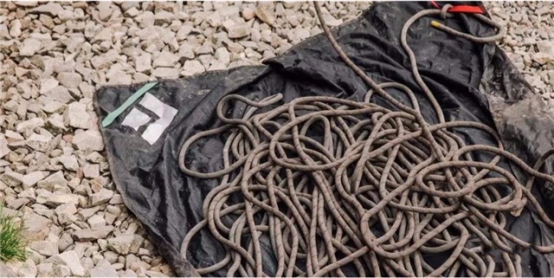
I. Cleaning
No matter how carefully you treat your rope, it will get dirty.
So when exactly should you wash your rope? It’s simple: when you notice your hands or belay gloves turning black from handling the rope.
Timely cleaning significantly enhances the rope’s performance and lifespan.
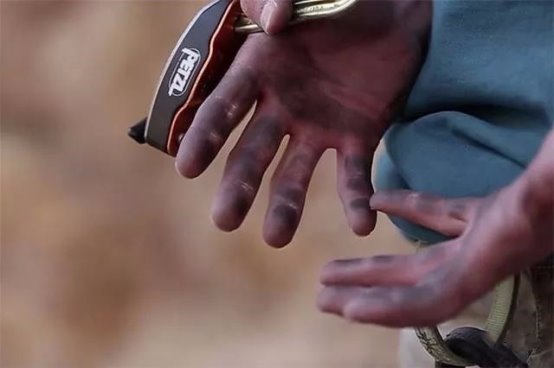
Important: NEVER throw your rope directly into a washing machine for convenience; it MUST be hand-washed!
1. Mini Cleaning Guide:
1) Prepare:
A bathtub or deep bucket
Rope-specific cleaner or soap (optional)
Lukewarm water
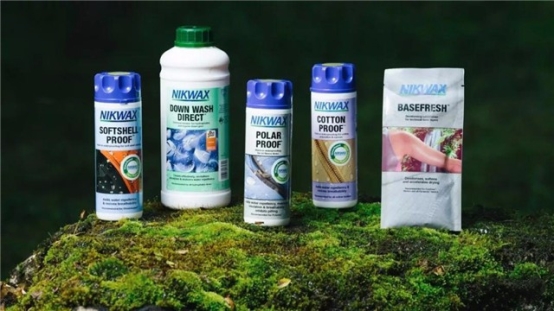
A specialized cleaner for outdoor gear ropes
2) Steps:
Fill: Fill the bathtub or bucket with lukewarm water (not hot!).
Add Cleaner: Generally, try to clean the rope with water only. If the rope is exceptionally dirty, you can add a small amount of rope-specific cleaner (dosage is usually indicated on the bottle) or mild soap. NEVER use strong detergents or bleach.
Wash the Rope: Submerge the rope in the tub or bucket. Wash the entire length by running it through your hands, similar to flaking it. This is also a good opportunity to inspect the rope for damage.
Rinse Thoroughly: Drain the soapy water. Rinse the rope multiple times under clean running water until the water runs clear.
Dry: To avoid damaging the rope, NEVER dry it directly under intense sunlight. Lay the rope out loosely on a clean towel or hang it over several points (like a railing or multiple coat hangers) in a well-ventilated, shaded area until completely dry before storing.
Tip: Washing the rope inside a mesh bag can help prevent tangling.
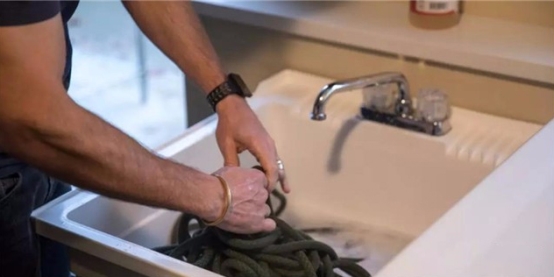
II. Storage
Properly storing your rope when you’re not climbing is also essential.
A rope bag is the most common and simplest way to store your rope.
It not only keeps the rope contained but also keeps it clean during outdoor climbing.

1. Using a Rope Bag (Mini Guide):
Open the rope bag and unfold its integrated tarp/groundsheet on the ground.
Tie one end of the rope to one corner of the tarp.
Flake (lay out neatly) the entire rope onto the tarp.
Tie the other end of the rope to the opposite corner of the tarp.
Roll the tarp and rope together towards the bag opening.
Secure the bag with its buckle or zipper.
This way, when climbing outdoors, you can simply grab the bag and go.
Additionally, try to prevent the rope from contacting dirt while climbing.
2. How to Store
Store in a Cool, Dry Place: Keep the rope in a cool, dry location. If you don’t have a rope bag, you can coil the rope loosely and hang it on a sling or over a smooth wooden dowel.
Avoid Sunlight: Never leave the rope exposed to direct sunlight for extended periods. Occasional exposure during a climbing day isn’t a major issue, but leaving it in the sun all day (e.g., on a car dashboard) will degrade it.
Avoid Heat: Never store ropes in extremely hot places (e.g., inside a car parked outdoors in summer), as heat damages the internal fibers.
Avoid Chemicals: Strong acids (like battery acid) are extremely dangerous to ropes, so always avoid contact with such substances. Also, be cautious when storing ropes in car trunks or basements where chemical exposure might occur.
III. Inspecting Your Rope
Regular inspections are crucial for detecting damage early. Therefore, before each climbing session, while flaking your rope, check the following two things:
Visually inspect the entire length of the rope as you run it through your hands.
Feel for nicks, cuts, abrasions, and check for any flattened sections or areas with a “mushy” texture indicating core damage.
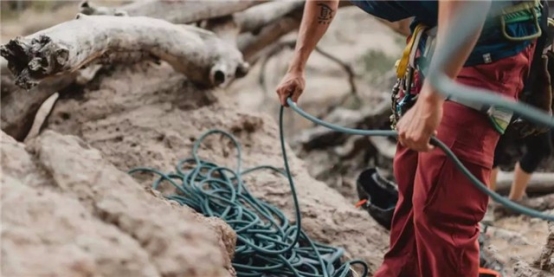
Minor surface fuzz or dirt during inspection is usually not a cause for alarm. However, if you find flattened sections or can see the core through cuts or abrasions, it’s time to consider replacing the rope!
IV. Rope Repair
If only a small section near one end is damaged, you can cut out the damaged part and continue using the remaining rope.
Here’s how:
Measure at least 30 cm (12 inches) above the damaged area and make a clean, perpendicular cut using a sharp knife.
Carefully melt the freshly cut ends with a lighter to prevent fraying.

Always record the length cut off after each repair, especially for ropes with a middle mark. If you cut different lengths from each end, the middle mark will no longer be accurate.
V. When to Retire?
No matter how much you love your rope, every rope has a finite lifespan. If inspection reveals heavily fuzzy areas, cuts, or flattened sections, you should consider retiring it.
We cannot precisely define what damage is critical, so if you have doubts about your rope’s condition, err on the side of caution and consult a more experienced climber.
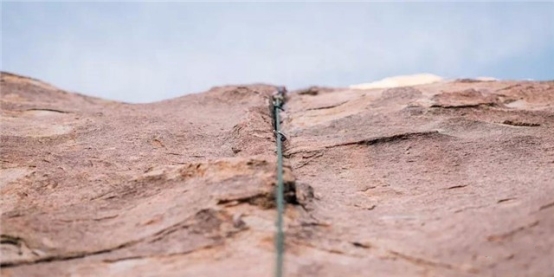
While retirement is somewhat subjective, here’s a general estimate of rope lifespan based on usage:
If the rope sustains a severe fall (high fall factor) or obvious major trauma: STOP USING IT IMMEDIATELY!!!
Frequent use (climbing weekly): 1 year
Regular use (several times a month): 1-3 years
Occasional use (once a month): 4-5 years
Infrequent use (1-2 times per year): Up to 7 years
Never used: Up to 10 years (from manufacture date – check the tag!)
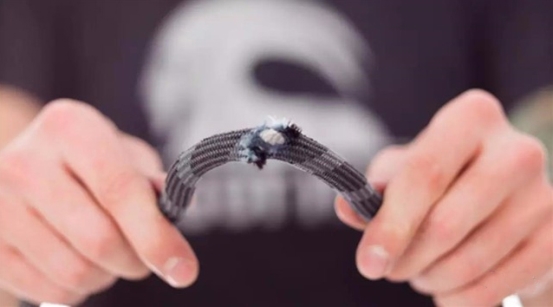
VI. Other Tips
- Before using a new rope for the first time, uncoil it completely and flake it out, unless the packaging specifically states it’s pre-flaked and ready to use.
- If the rope becomes twisted during climbing, let it hang freely and manually spin it back to its natural state.
- Always use a rope bag and tarp when climbing outdoors to prevent the rope from contacting dirt and mud.
- Keep a small logbook to record significant falls, especially long falls or factor 2 falls (no rope stretch above the anchor).
- Minimize nylon-on-nylon contact (e.g., rope rubbing against nylon slings/webbing), as friction can generate heat and melt the fibers. Avoid running two ropes simultaneously through the same carabiner at the anchor if possible, and avoid running the rope directly through nylon slings when building anchors.
- Avoid stepping on the rope. Grinding dirt into the sheath damages the core.
- Avoid direct contact between crampons, ice axes, and the rope.
- Avoid fast or “jerky” rappelling, which generates excessive heat.
